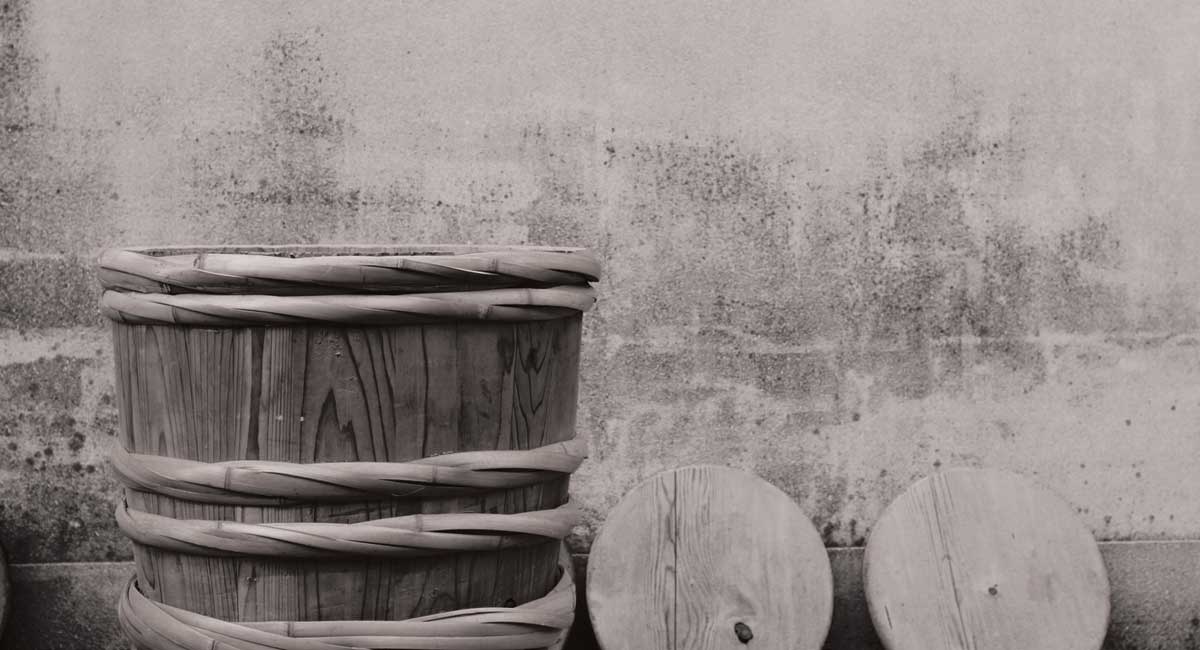About Izumo Pickled Furikake
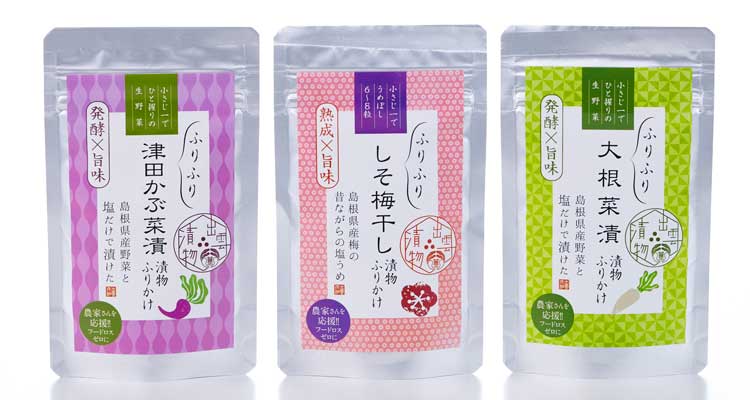
・Izumo Pickled furikake made of only vegetables and salt. We use very simple ingredients.
・We use only vegetables from Shimane Prefecture in JAPAN!
・This furikake offers the delicious taste of fermentation and maturation.
・You can enjoy traditional Japanese pickles anytime, anywhere.
・This is a new seasoning with a traditional Japanese flavor.
・Chemical seasoning free
・Allergen free
Pickled Tsuda Turnip Greens Furikake
・Tsuda Turnip is a traditional vegetable specialty of Shimane.
・This rare vegetable is grown in the Tsuda district of Matsue and has been cultivated since the end of the Edo period.
・Only fresh leaves harvested in winter are used.
・Tsuda turnip Greens are rich in nutrients such as beta-carotene, B vitamins, dietary fiber, potassium, and iron.
・A teaspoon of furikake is made from a palm of vegetables.
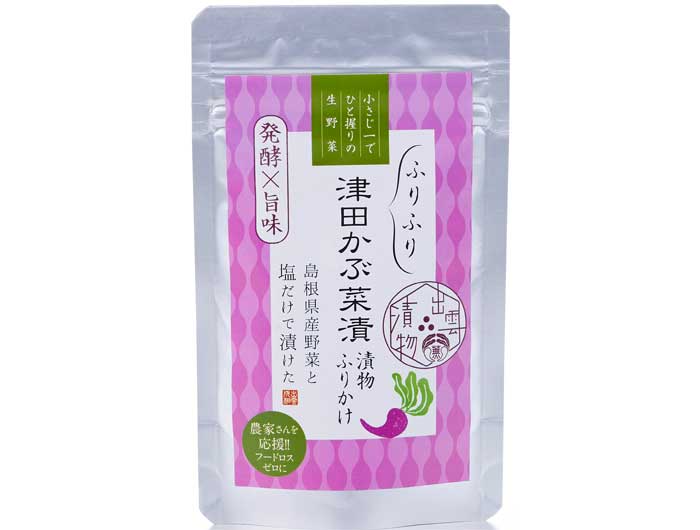



Pickled Daikon Radish Greens Furikake
・Only fresh Greens from Shimane Prefecture harvested in winter are used.
・Daikon Radish Greens are rich in nutrients such as beta-carotene, vitamin C, calcium, and iron.
・A teaspoon of furikake is made from a palm of vegetables.
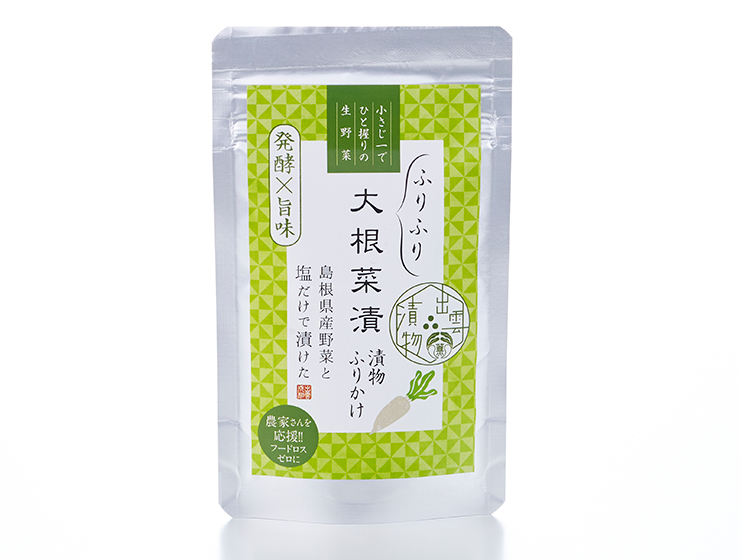
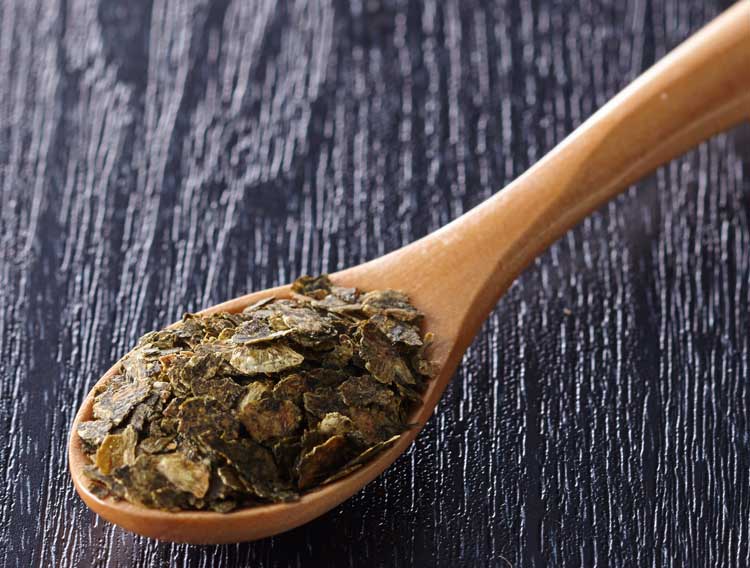
Pickled Shiso & Umeboshi Furikake
・Only ume plums, red perilla, and salt are used. Plums and red perilla are produced only in Shimane Prefecture.
・One teaspoon of furikake is equivalent to 6-8 dried plums.
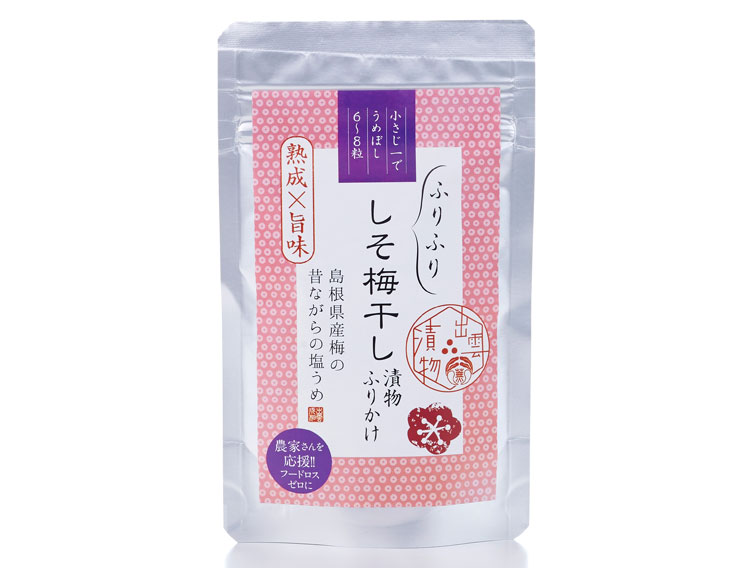
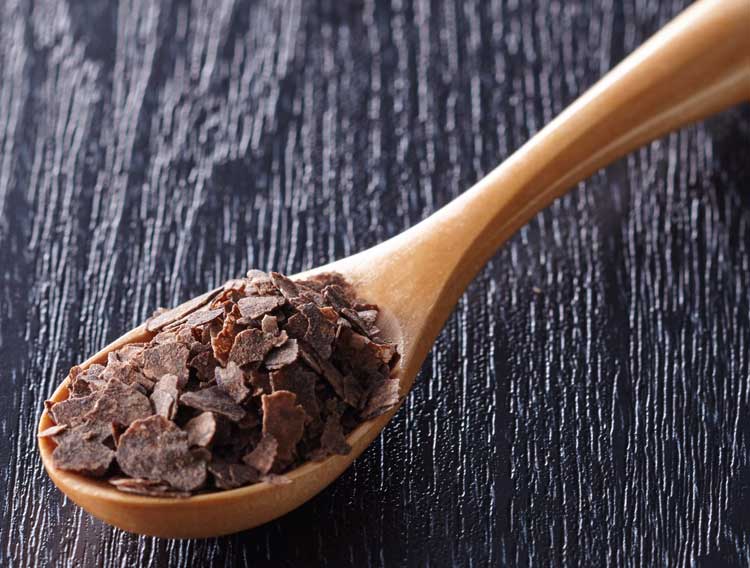
Manufacturing Method and Characteristics
Umami and flavor of traditional Japanese food “Furuduke” (old pickled vegetables)
Tsuda Turnip and Daikon radish Greens is made by pickling fresh leaves with only salt, placing a weight on them, and allowing them to mature and ferment in a warehouse for about six months. The old pickles, slowly lactic acid fermented by the power of nature, have a flavor so extensive and profoundly umami that it is hard to believe that it is only salt and vegetables.
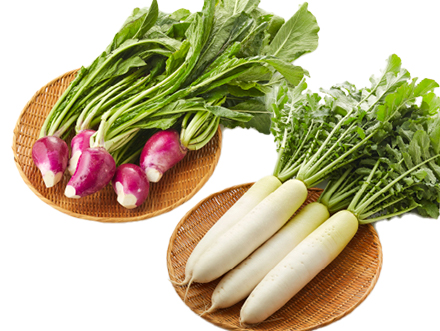
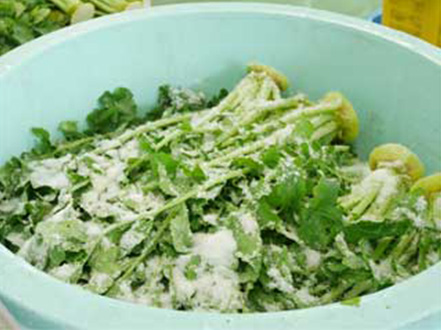
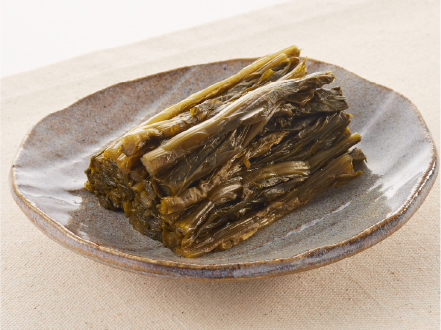

Left:Tsuda Turnip
Right:Daikon Radish
Only fresh greens are used.
Use more salt and pickle in salt.
Placing a weight on them, and allowed to mature and ferment in the warehouse.
“Furuduke” have more umami and flavor in exchange for their bright color.
The “pickled furikake” with concentrated deliciousness is now ready to be served.
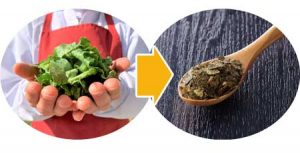
A teaspoon of furikake is made from a palm of vegetables.
Marinated in the traditional way with only salt and red shiso.
Shiso Umeboshi is made by the traditional method of pickling Shimane-grown plums in salt, drying them in the sun, and pickling them with red shiso. The plums are slowly matured over a long period of time, giving them a mild salty taste and refreshing sourness.
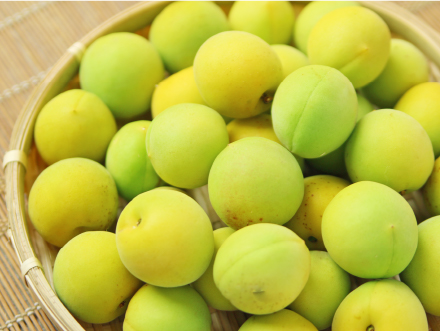
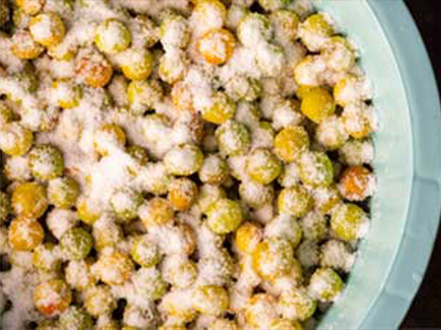
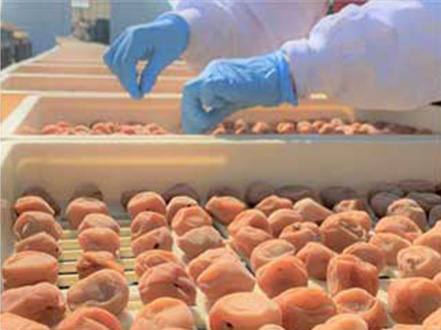
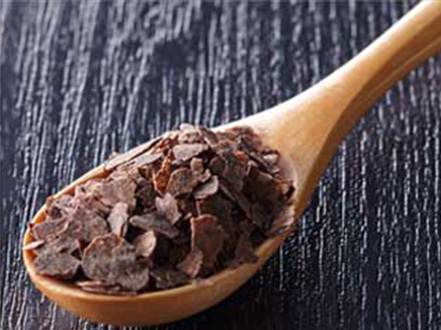
High quality plums from Shimane Prefecture. Ripe plums have a good aroma.
Salted for about 1 month. Ume vinegar is extracted slowly.
Dried in the sun for 3 days and 3 nights. The sun’s rays in summer make the pickled plums tasty.
The “pickled furikake” with concentrated deliciousness is now ready to be served.
Indicators of good taste
You can enjoy a more satisfying taste compared to other furikake.
Compared to other companies’ vegetable furikake, pickles furikake stood out in all five flavor ratings.
The aroma of the furikake is also noticeable, indicating that it has a more satisfying taste compared to the furikake of other companies.
Taste Comparison with ordinary furikake.
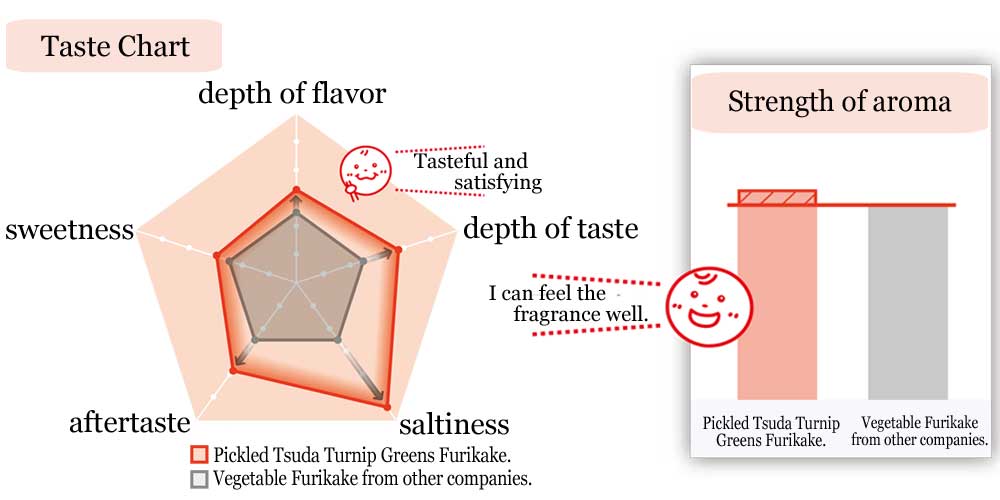
Measurement results using the “Taste Recognition Device”.
Analysis by Taste & Aroma Strategic Research Institute Co.,Ltd(2017)
Umami spread by special drying method
Pickles furikake are dried by a special process called high-temperature, high-pressure baking.
By using this method, the umami and flavor of furikake after drying(Pickled furikake) is stronger than that of before drying(“furuzuke”).
Taste and flavor perception before and after drying.
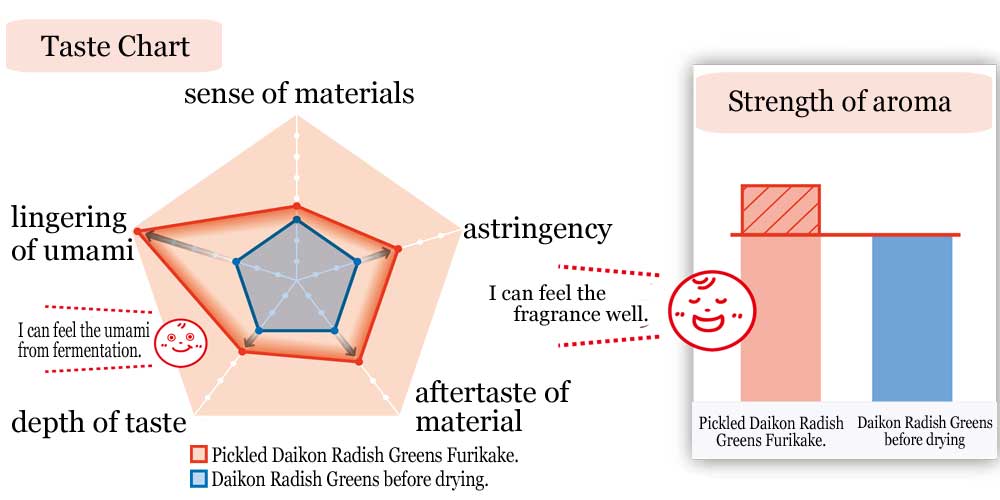
Measurement results using the “Taste Recognition Device”.
Analysis by Taste & Aroma Strategic Research Institute Co.,Ltd(2017)
By processing into furikake, the unique umami and aroma appeal of “furuduke” can be felt more.
You can taste the lingering flavor from the moment you put it in your mouth to after you swallow it.
Characteristics of Taste
“Pickled Tsuda Turnip Green Furikake” and “Pickled Daikon Radish Green Furikake” have the umami of fermentation created by vegetable lactic acid bacteria in the natural environment of Japan.
“Pickled Shiso & Umeboshi Furikake” offers a mild sour taste produced by sun-drying and maturing under the power of the sun.
First, sprinkle it on rice or sushi and enjoy the taste of Japanese pickles as it is. It is a nostalgic and relaxing taste for Japanese people.
About “Pickled Tsuda Turnip Green Furikake” and “Pickled Daikon Radish Green Furikake”
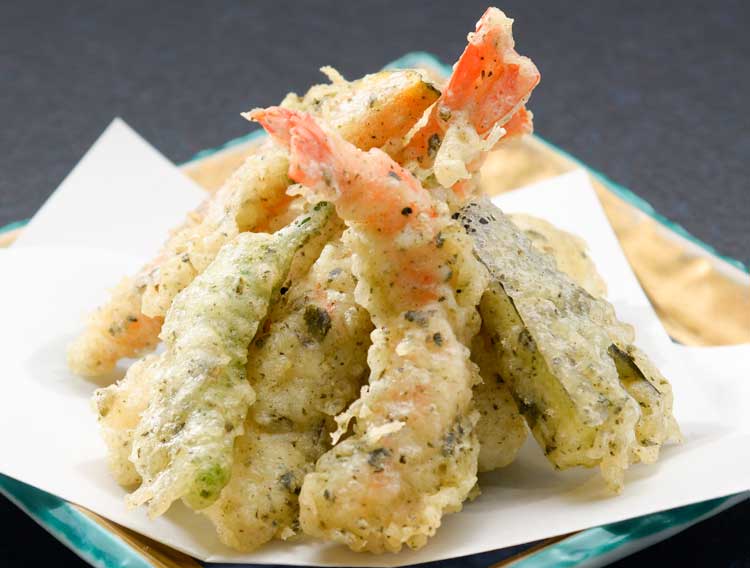
A small amount is enough to give a firm salty taste. Sprinkle a little at a time to taste.
If you find this unique taste difficult to eat, we recommend combining it with potatoes, oil, mayonnaise, or butter. The umami of old pickles, when mixed with oil and dairy products, eliminates the difficulty of eating and creates a new taste.
About “Pickled Shiso & Umeboshi Furikake”
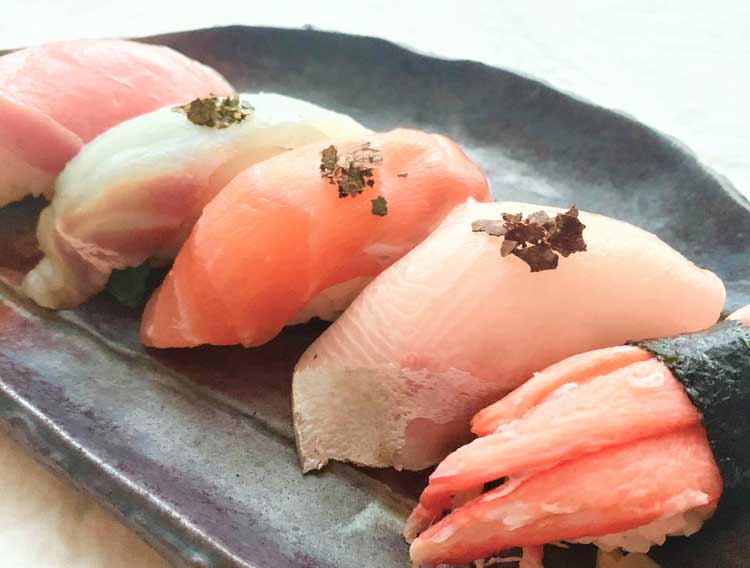
You can taste the unique sour and salty taste of umeboshi in a small amount.
If you are eating umeboshi for the first time, we recommend sprinkling them in small amounts. One of the characteristics of pickled plums is that it is easy to adjust the sourness of the plums by the amount of sprinkling.
The refreshing sourness of ume is also ideal for use as a seasoning in cooking.
Sample recipe

Rice ball

Tuna avocado natto donburi
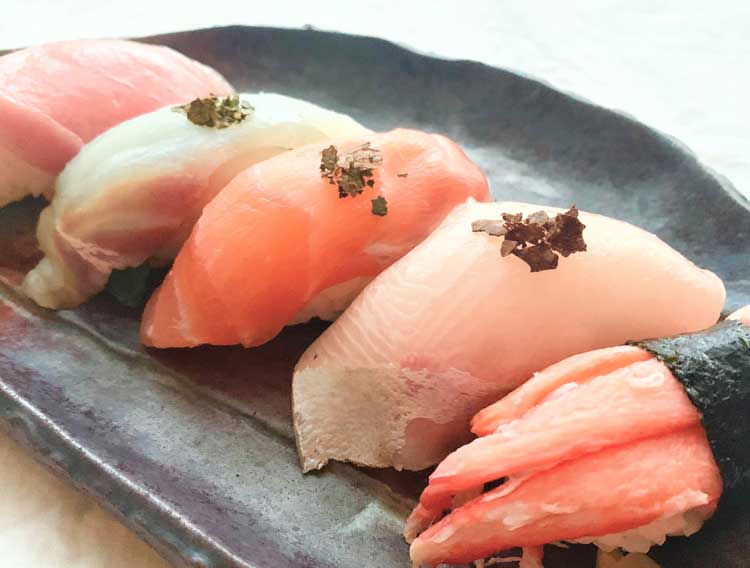
Sushi

Tempura
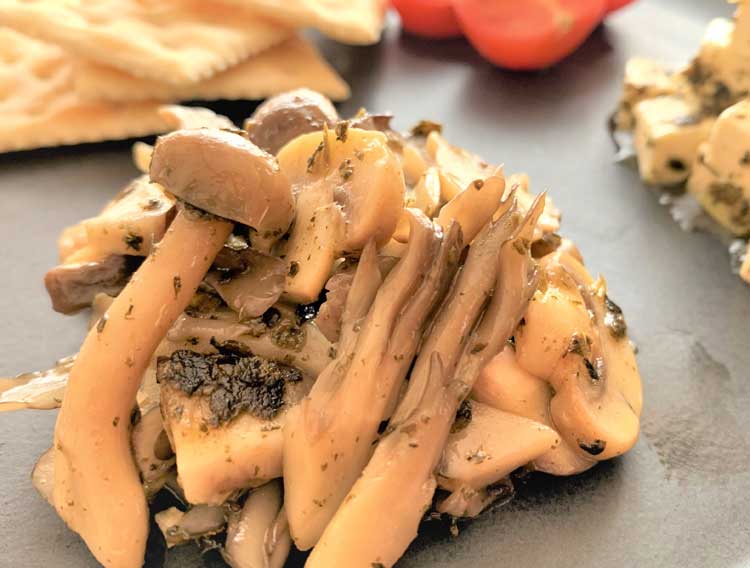
Mushroom Ajillo
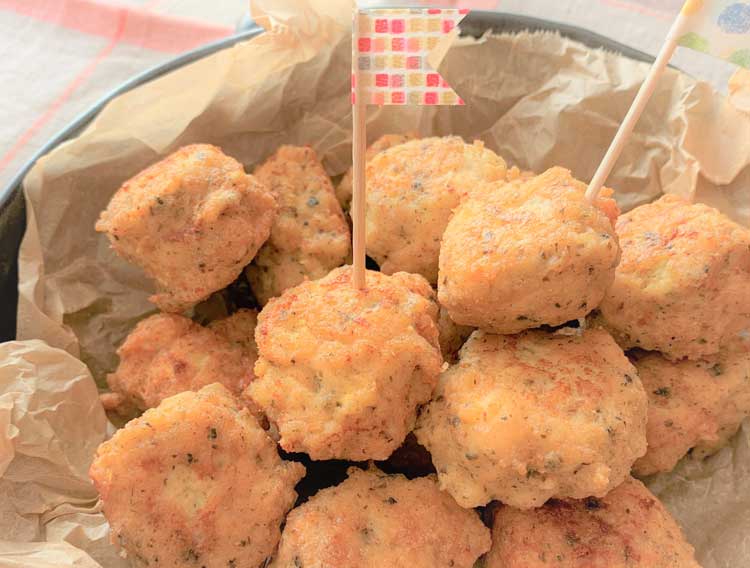
Chicken nugget
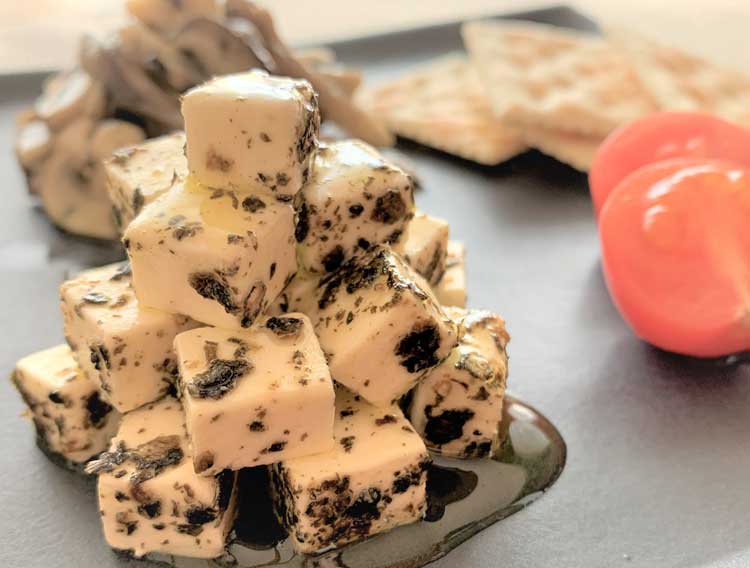
Cheese

On a steak
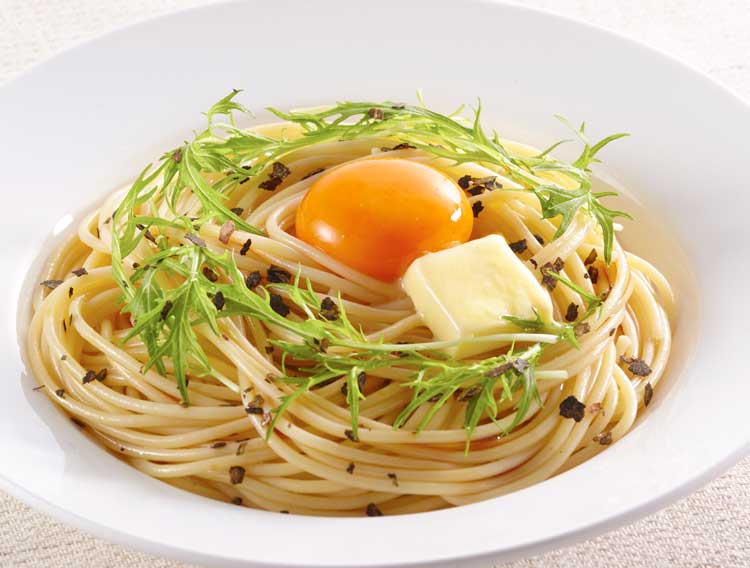
Pasta
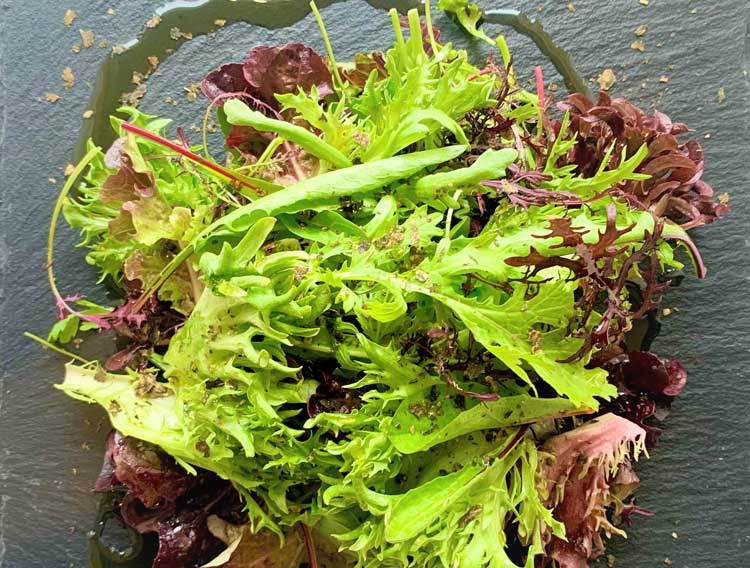
Green saladas
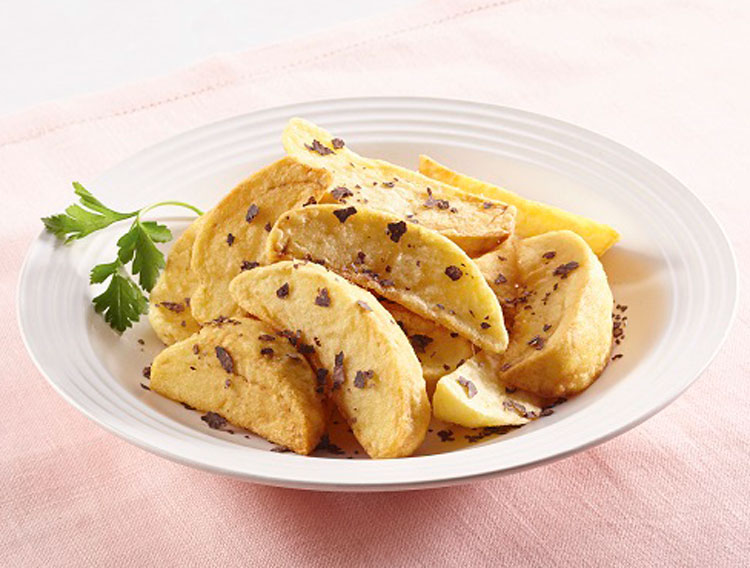
French fries
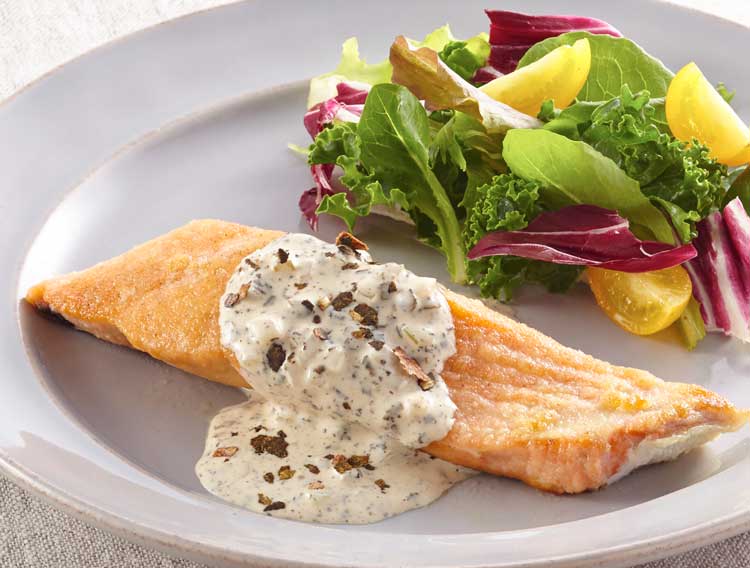
Sauteed Salmon with Tartar Sause

Background to Development
It is our policy to use as many vegetables as possible grown with care by the growers. However, the pickles we had previously manufactured used only a small amount of Tsuda turnip greens and daikon radish greens, and a large amount of leaves were thrown away each year.
Therefore, we developed “Izumo Pickled Furikake” to maximize the use of high-quality vegetables and reduce waste and food loss.
For your information,
please see the following video on our products as well as background story.
Thoughts on “Izumo Pickled Furikake”
The month in which Shimane vegetables are used the most during the year is December. Most of the pickles are made with Tsuda turnip, a specialty of Shimane, and daikon radish. We use about 50,000 Tsuda turnips and 20,000 daikon radishes during the season. These two vegetables are mainly from contract farmers.
Tsuda turnip is a traditional vegetable that has been cultivated in the Izumo region since ancient times. It is characterized by its fruit that is curved like a “gradient” and used to be loved and eaten by many people as a local delicacy. However, nowadays, consumption has declined due to the diversification of food, and the number of farmers is decreasing and aging due to the lack of machinery and the labor-intensive cultivation process.
In conversations with farmers, we also hear about the many hardships they face. Last year, when the seeds were sown in August, heavy rain washed them away, and when the seeds were sown again in September, heavy rain again cut off the road to the field. When the seeds finally sprouted, heavy winds blew them away. Vegetable farming is very difficult because it is greatly affected by weather conditions.
It is thanks to the farmers that our company is able to continue making pickles as a pickle shop. Therefore, we decided to process Tsuda turnips and daikon radish greens, which used to be discarded in large quantities, into furikake (sprinkled on rice) in order to use as much of the vegetables as possible. By processing them into furikake, we have made it possible for people to enjoy the taste of Japanese vegetables and the charm of “Furuduke” anytime and anywhere, regardless of when the vegetables are in season. We hope that many people will learn about the appeal of the local traditional vegetable “Tsuda turnip” and the farmers who grow this delicious vegetable, and that many people will eat it. Thank you for your support.
